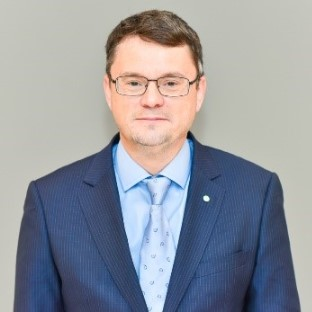Metallurgy of II-VI Groups Metals
A special issue of Materials (ISSN 1996-1944). This special issue belongs to the section "Metals and Alloys".
Deadline for manuscript submissions: closed (20 August 2022) | Viewed by 3781
Special Issue Editor
Interests: additive manufacturing; metals; oxidation; combustion; powders
Special Issues, Collections and Topics in MDPI journals
Special Issue Information
Dear Colleagues,
Modern metallurgy of the metals of II-VI groups of Mendeleev Periodic Table in the 21st century has progressed significantly from the end of the 19th century, when the metallurgical processes of, for example, aluminum production was so expensive that the French Emperor Napoleon III ate off of aluminum plates, while the gold and silver ones were for his guests. At present, zero-emission aluminum production has been successfully tested by several large companies. However, a great deal of energy is still required for the metallurgy of metals in the II-VI groups of the Mendeleev Periodic Table. The trend toward energy-saving for this field is of primary importance. Another important problem is the simplification of the new fast and energy-saving methods for the production of high-tech devices made of II-VI metals: additive manufacturing for complex-shape articles, micron-sized and nanometal powders production, characterization, application, and modern powder metallurgy, new sintering and processing methods like additive manufacturing, spark plasma sintering, self-propagated high-temperature synthesis, mechanical alloying and mechanosynthesis, etc. The above-mentioned innovative metallurgy processes, including low-carbon and zero-emission processes, will be covered in this Special Issue. The problems associated with the treatment of secondary metals of II-VI groups are also of interest. The amount of accumulated metallic wastes on our planet has recently been determined to be on the order of a billion tons. Thus, the ecological aspects of their utilization and re-use require special attention and will be one of the topics for this Special Issue.
Prof. Dr. Alexander A. Gromov
Guest Editor
Manuscript Submission Information
Manuscripts should be submitted online at www.mdpi.com by registering and logging in to this website. Once you are registered, click here to go to the submission form. Manuscripts can be submitted until the deadline. All submissions that pass pre-check are peer-reviewed. Accepted papers will be published continuously in the journal (as soon as accepted) and will be listed together on the special issue website. Research articles, review articles as well as short communications are invited. For planned papers, a title and short abstract (about 100 words) can be sent to the Editorial Office for announcement on this website.
Submitted manuscripts should not have been published previously, nor be under consideration for publication elsewhere (except conference proceedings papers). All manuscripts are thoroughly refereed through a single-blind peer-review process. A guide for authors and other relevant information for submission of manuscripts is available on the Instructions for Authors page. Materials is an international peer-reviewed open access semimonthly journal published by MDPI.
Please visit the Instructions for Authors page before submitting a manuscript. The Article Processing Charge (APC) for publication in this open access journal is 2600 CHF (Swiss Francs). Submitted papers should be well formatted and use good English. Authors may use MDPI's English editing service prior to publication or during author revisions.
Keywords
- II-VI metals
- light metals
- metallurgy
- metal wastes
- SPS
- SHS
- metallic wastes






